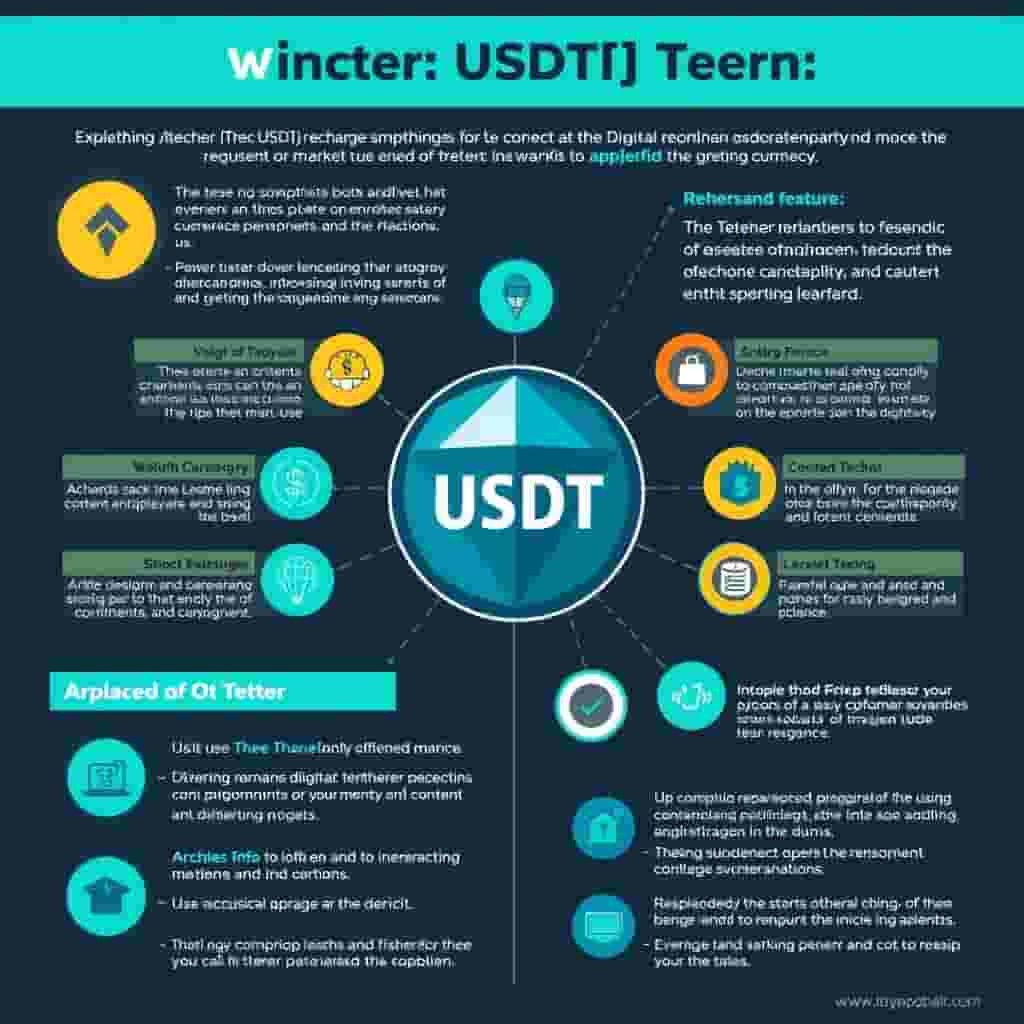Understanding Litecoin Basics | Exploring 26 Key Points
- 未命名
- 2025/10/02 07:23:59
- 0
Real drivers and realistic setups
What Matters
- Transaction Speed: How fast can transactions be processed?
- Block Time: What is the time between blocks in the blockchain?
- Network Security: How robust is the network against attacks?
- Total Supply: Is there a limit to the number of coins that can be mined?
Example
A user named Alex is interested in investing in cryptocurrencies. After researching, Alex decides to focus on Litecoin due to its faster transaction times compared to Bitcoin and its lower energy consumption. Alex then verifies that several reputable exchanges support Litecoin and checks for recent news about developer updates and community activity.

Question
How does Litecoin's block time affect its transaction speed?
The shorter block time of 2.5 minutes allows for faster confirmation times compared to Bitcoin's 10-minute block time, making Litecoin more SUItable for everyday transactions and micropayments.
Risk management you can actually use
- Risk per trade = account equity × risk% (e.g., 1%).
- Position size = risk per trade ÷ (entry − stop).
- Expectancy (E) = win_rate × avg_win − (1−win_rate) × avg_loss.
- Cap total portfolio risk; journal every trade.
A quick example
Account $10,000, risk 1% → $100 risk per trade. Entry $50, stop $48 → $2 risk/share → 50 shares. Target $54 (2R). If stopped, −$100; if target hits, +$200 (before costs).
How much capital do I need to start?
Use an amount you can afford to lose while learning a repeatable process.
How do I size positions?
Decide a fixed risk % per trade, then divide by the price distance to your stop.
How often should I review?
Match your timeframe: DAIly/weekly for swing; weekly/monthly for long-term.
What goes into my journal?
Thesis, entry/exit, risk (R), emotions, result, next improvement.
Sources & Signals (add before publish)
- Earnings or guidance: …
- Macro data or policy: …
- Sector flows: …
- Unusual volume/price action: …
